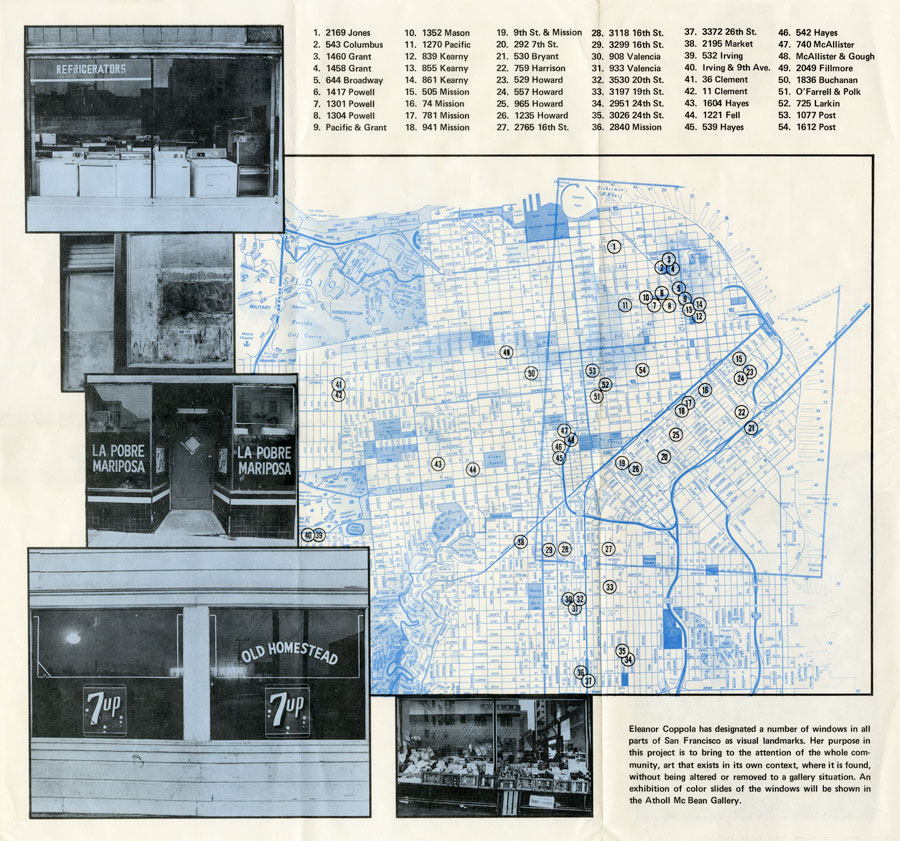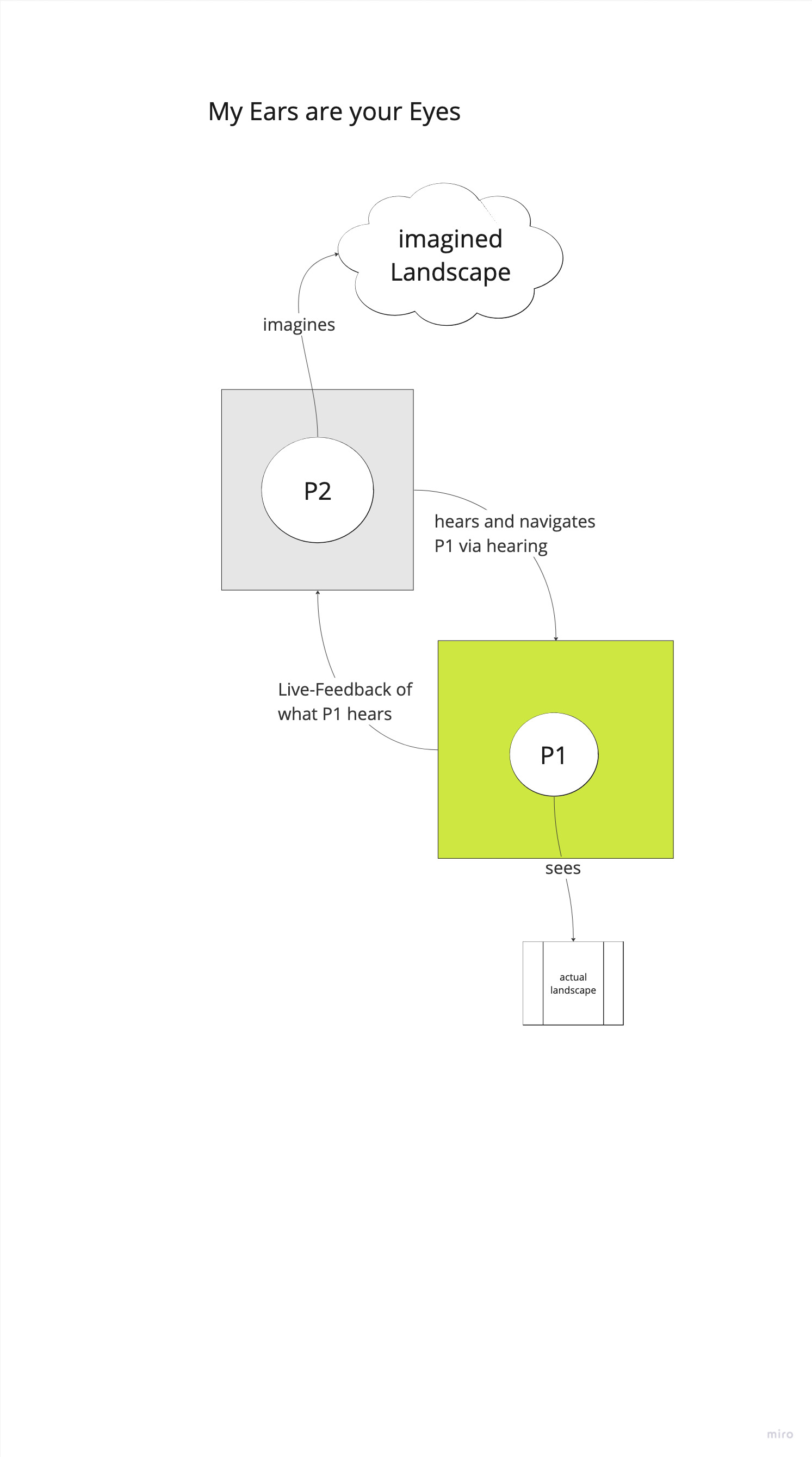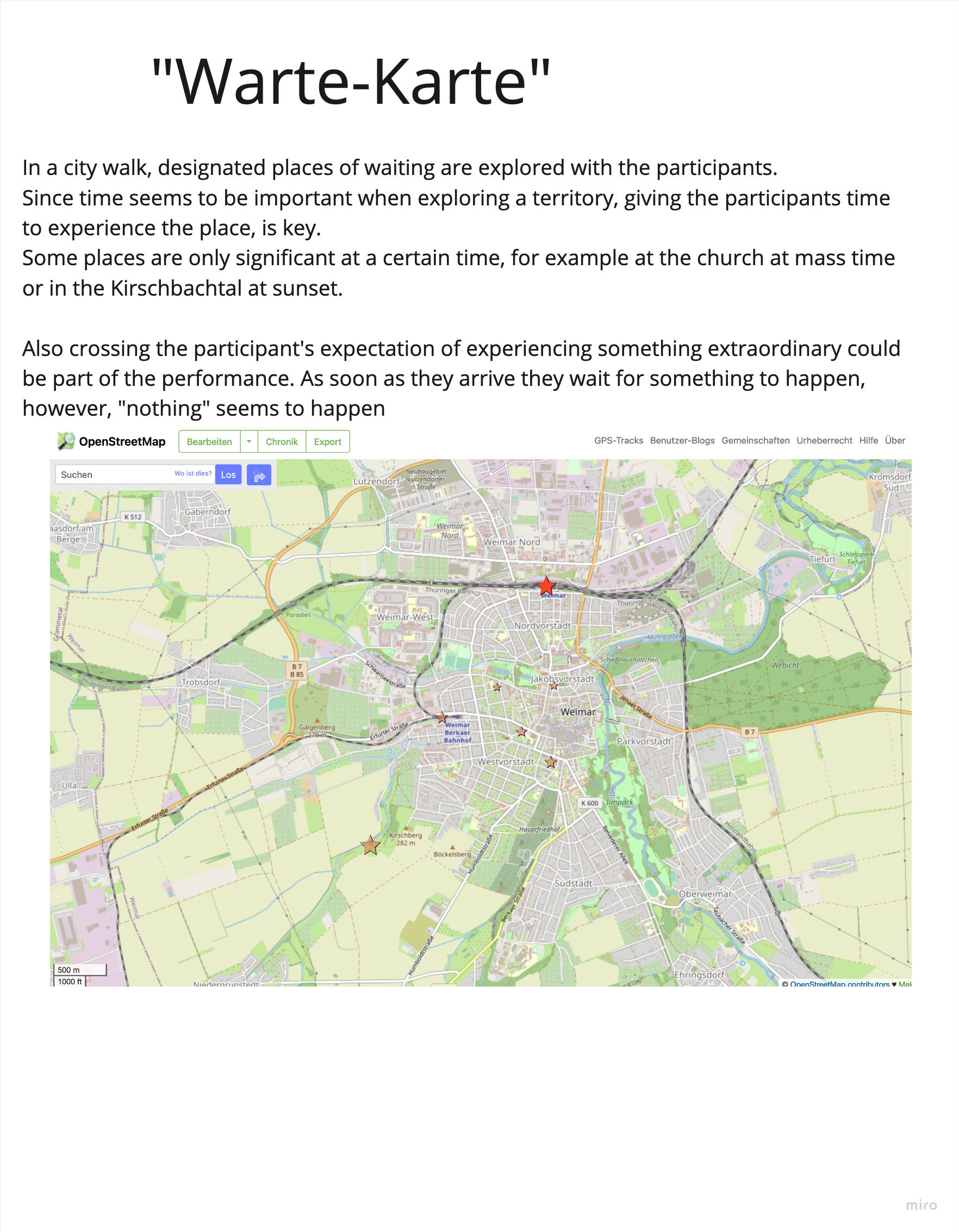The connection between the sonic environment and the territory is one which prompts exploration.
Examples of Mapping Sound
Deep Mapping -> Deep Listening
Sound might also a role in the practice of Deep Mapping. Deep mapping aims at creating a multilayered map of a territory The musician Pauline Oliveros developed a practice of "Deep Listening". Her scores and performances aimed at inspiring performers to respond to environmental situations via the art of listening. She defined Deep Listening as:
"For me Deep Listening is a lifelong practice. The more I listen the more I learn to listen. Deep listening involves going below the surface of what is heard, expanding the whole field of sound while finding focus".
Artistic References
Sensobiographic Walking (Helmi Järviluoma)
Sensobiographic walking is a method developed by the researcher Helmi Järviluoma. In short, a local is asked to select a path of walking through a landscape, then guide the researchers through it. While walking together, sensuous memories are shared as they come up.
Janet Cardiff's practice of Soundwalk
In her work "Windknollen Memory Field 1806" (2006, with George Bures Miller) Cardiff explores the history of a historic battlefield by using binaural recordings in which she connects her physical presence (via steps and voice) with imagined historic sounds like horses, marching soldiers, and screams. Through hearing, she counters the visual imperative of only looking at a landscape.
Akio Suzuki's work OTO-DATE "Echo Points" (2004)
The artist searched for echo points in structures and designated them with a symbol which is a crossing between feet and ears.
Eleanor Coppola "Windows" (1973)
The work of Eleanor Coppola actively involves the audience and guides the spectator, with the help of a map, to designated places which are - visual - points of interest, in this case, shop windows.
Sketches for ideas
"My ears are your eyes"
"Warte-Karte"


